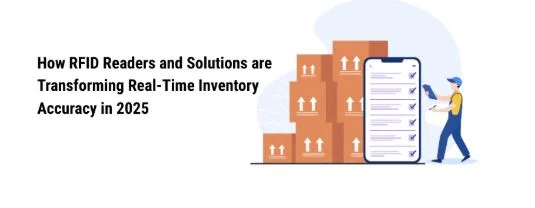DXF to PDF Conversion Made Simple and Professional
Designers engineers and architects often work with DXF files that contain detailed technical drawings and layouts. These files are ideal for computer-aided design but they are not always easy to share or print. That is where a DXF to PDF converter becomes a perfect solution for professionals who want to keep their work accessible and secure while maintaining the highest level of accuracy.
When you convert DXF to PDF you make your drawings viewable on any device without the need for special software. A DXF file holds complex vector data and layers that most people cannot open easily but a PDF version can be viewed anywhere. This simple conversion can turn your technical file into a professional document ready to present print or share with clients.
Why Professionals Convert DXF to PDF
Using a DXF to PDF converter offers many advantages for people in architecture design or engineering. The first and most important benefit is compatibility. PDF files can open on any device whether you are on a computer tablet or phone. You do not need any extra programs to access them.
Another great reason is that PDF files preserve the layout accuracy and visual quality of the original drawing. When you convert DXF to PDF your lines colors and text remain perfectly aligned and clear. You can also share your work with others who do not use CAD tools.
A DXF to PDF converter also helps protect your work. You can secure your drawings by converting them into a read-only format so that others can view but not edit the design. This ensures your project details remain safe while being easy to display.
Finally a PDF file is often much smaller than the original DXF file which makes it faster to send through email or upload online without losing quality.
How a DXF to PDF Converter Works
The process of converting DXF to PDF is very simple even for beginners. You open the converter tool and select the DXF file you want to transform. After choosing the output format as PDF you can adjust the settings to control page size orientation or color preferences. Once you start the process the converter quickly creates a clean high-quality PDF version of your drawing.
Many modern DXF to PDF converters also support batch conversion so you can process multiple drawings at once. This feature is very useful for professionals who handle large projects or many files each day. It saves time and keeps all your documents consistent and organized.
Advantages of Using a Reliable DXF to PDF Converter
A good converter ensures your final document maintains every layer and line from your original file. This means there is no loss of detail or distortion during the conversion. It also allows you to customize the output for different needs such as scaling drawings adding margins or adjusting page orientation.
Some tools even offer automation options that make repetitive work faster. For example you can set up folders where new DXF files automatically convert to PDF without manual effort. This type of automation is ideal for design teams that need a continuous workflow.
A professional DXF to PDF converter is also user-friendly. You do not need technical skills to use it because the interface is designed for both experts and beginners. The result is always professional-looking documents that can be printed or shared right away.
Who Benefits from DXF to PDF Conversion
Many industries use this conversion daily. Architects use it to present building plans and blueprints in a clear format that clients can easily view. Engineers use it to share precise mechanical drawings with their teams. Designers use it to display creative work without needing design software on every device. Project managers use PDF versions of technical drawings in reports proposals or construction documents.
No matter your role converting DXF to PDF helps simplify your communication with clients and collaborators while keeping every technical detail intact.
Online vs Offline Conversion Options
There are online converters that work through a web browser and offline tools that you can install on your computer. Online converters are quick for small files but they often have limits and may not be ideal for private or large projects. Offline DXF to PDF converters are more powerful secure and do not depend on an internet connection. They are better suited for professionals who work with confidential designs and large file sets.
Tips for Perfect DXF to PDF Results
To achieve the best results when converting DXF to PDF it helps to check your design scale and layout before exporting. Use consistent line thickness and fonts for clarity. Review your PDF afterward to ensure that all layers text and dimensions appear as intended. Keeping your files organized and named properly also makes it easier to manage large batches of conversions.
Conclusion
A DXF to PDF converter is an essential tool for anyone working with CAD drawings. It bridges the gap between technical design and professional presentation. By converting DXF to PDF you make your work easier to share more secure and visually consistent across any platform.
Whether you are preparing detailed plans for clients or saving your designs for documentation converting DXF to PDF ensures your work always looks precise and professional. With the right converter you can simplify your workflow protect your creative assets and communicate your vision clearly to everyone who views your projects.



